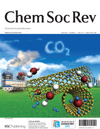In recent years, there has been an explosion of research effort in developing optical probes for biological applications. It seems that the conventional organic fluorophore is under threat from highly luminescent, nano-sized metallic rivals.
The wide range of organic fluorophores and the ease at which they can be conjugated to biomolecules still makes these a first choice in standard labelling procedures; however, their drawbacks, in particular their propensity to photobleaching, can be frustrating when conducting lengthy imaging experiments.
Many researchers are now looking to nanodots (well defined, encapsulated clusters that are free in solution) for the answer. In their Critical Review, Junhua Yu and co-workers focus on the imaging and sensing applications of silver nanodots and the advantages they have to offer over other materials. Like quantum dots, nanodots exhibit remarkable optical properties but also provide additional benefits such as being smaller in size and presenting fewer toxicological concerns.
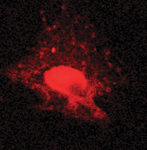
Although their exceptionally small size is a plus, this also means that nanodots suffer from oxidation and have a tendency to aggregate, which needs to be overcome by encapsulating the nanodots within a protective layer. Yu and colleagues discuss the different strategies that are employed to this effect, namely solid matrices, synthetic polymers, small molecule ligands, peptides and single-stranded DNA. With a helping hand from these surface passivators, silver nanodots can be used as imaging agents and to detect metal ions, cysteine, and specific DNA sequences.
To read more about the recent progress in this field, download Junhua Yu’s review today.













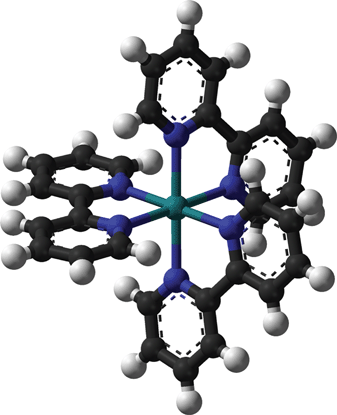
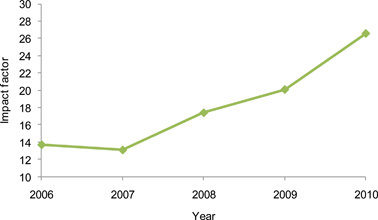
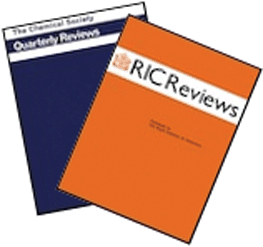


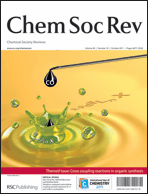 In its latest issue, Chem Soc Rev is honouring the
In its latest issue, Chem Soc Rev is honouring the 
